Laser Cutting Automation: How Industry 4.0 is Revolutionising Manufacturing
The manufacturing industry is undergoing a revolutionary transformation thanks to Industry 4.0, which brings together advanced technologies like IoT, AI, robotics, and real-time data analytics. At the heart of this revolution lies laser cutting, a precision-based fabrication process that is now more intelligent, efficient, and connected than ever before. As automation reshapes the way factories operate, laser cut systems are evolving into smart machines capable of delivering unmatched productivity and accuracy.
In this article, we’ll explore how laser cutting automation is adapting to Industry 4.0, what automation brings to the process, and why this matters for modern manufacturers.
What Is Industry 4.0?
Industry 4.0 refers to the fourth industrial revolution, where digitalisation and smart technologies are integrated into manufacturing. It builds on past advances in machinery and electronics but adds intelligent systems, interconnectivity, and real-time data exchange between machines, software, and human operators.
Key features of Industry 4.0 include:
- IoT (Internet of Things): Connecting machines and sensors to collect and share data.
- Automation and robotics: Reducing human intervention for repetitive tasks.
- Cloud computing and data analytics: Providing real-time decision-making capabilities.
- Smart factories: Systems that self-monitor, self-learn, and optimise processes continuously.
Read more about Industry 4.0 here, including its history, technology, and how it is implemented.
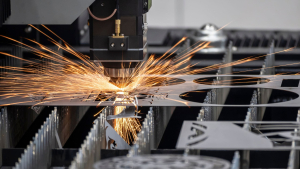
How Laser Cutting Aligns With Industry 4.0
Laser cutting is no longer a standalone process; it’s a smart, automated system that fits seamlessly into Industry 4.0-enabled factories. Here’s how the integration is changing the landscape:
Intelligent Laser Machines
Modern laser machines come with embedded sensors, software, and control units that monitor every aspect of the operation. These machines can automatically adjust power, speed, and focus to maintain cutting quality, even when material thickness or type varies.
Real-time monitoring reduces errors, improves uptime, and enables predictive maintenance, ensuring your machines work efficiently around the clock.
Automation in Material Handling
Gone are the days of manually loading and unloading materials. Automated loading systems, robotic arms, and conveyor belts are now commonly integrated with laser machines. These systems reduce labour costs, speed up production cycles, and eliminate handling errors.
At Kirmell, our advanced laser cutting services benefit from automated workflows that streamline the entire fabrication process from loading raw materials to sorting and stacking finished parts.
Seamless Software Integration
Industry 4.0 encourages synchronisation between CAD/CAM software and laser machines, allowing operators to upload designs, simulate cuts, and control parameters remotely. With cloud-based interfaces, multiple machines can be managed from a single dashboard, whether you’re on-site or off-site.
This software connectivity also enables real-time production tracking, inventory control, and automatic report generation, boosting visibility across the supply chain.
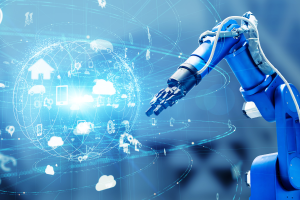
Predictive Maintenance and Reduced Downtime
One of the key advantages of Industry 4.0 is predictive maintenance. Laser machines equipped with smart sensors can detect wear and tear on critical components before a failure occurs. The system alerts operators or schedules maintenance automatically, preventing costly downtime.
This approach keeps production lines running smoothly and minimises unexpected breakdowns.
Customisation and Flexibility
With the help of automation and smart technologies, laser cutting systems can switch between different designs, materials, and part sizes without the need for manual intervention. This opens the door for mass customisation, where small batches of personalised products can be created quickly and affordably.
Whether you’re working with metals, plastics, or composites, laser cutting now supports flexible production with minimal setup time. Learn more about laser cutting and its benefits here.
Benefits of Industry 4.0 in Laser Cutting
Implementing Industry 4.0 technologies in laser cutting offers several measurable benefits:
Increased Efficiency
Automated machines work faster and with fewer errors. Tasks that once took hours can now be completed in minutes, without compromising on quality. Read more about how laser cutting reduces waste and improves efficiency.
Lower Operating Costs
Reduced material waste, lower energy consumption, and minimal manual labour contribute to cost savings across the board.
Improved Quality Control
Smart monitoring systems detect and correct deviations instantly, ensuring consistent part quality from the first to the last unit.
Scalability
With cloud-based control systems and automated processes, it’s easy to scale up production without the need for extensive retraining or equipment upgrades.
Sustainability
Precise cuts mean less material waste, and energy-efficient fibre lasers reduce environmental impact. Automation also supports lean manufacturing practices.
Laser Cutting in Smart Factories
A fully automated laser cutting setup in a smart factory might look like this:
- Order Received Digitally: The customer uploads design files via an online portal.
- Automatic Design Analysis: Software checks the design for feasibility and nests parts for optimal material use.
- Automated Job Scheduling: The system assigns the job to an available machine.
- Material Handling Robots Load Sheets: No human handling needed.
- Laser Cut Process Begins: Real-time sensors optimise performance on the fly.
- Parts Unloaded & Sorted: Robotic arms stack parts while another system updates inventory.
- Automated Reports Generated: The customer receives status updates, and the system logs production data for analytics.
At Kirmell, we are committed to helping businesses embrace this future-ready model by offering laser cutting services that integrate seamlessly with automated production lines. Whether you’re a small-scale operation or an industrial giant, our solutions are designed to grow with your needs. Contact us now to get a quote.
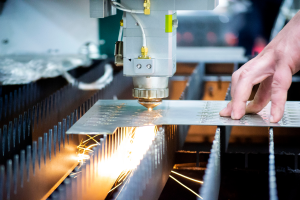
Challenges and Considerations
While the benefits are clear, transitioning to Industry 4.0 does come with a few challenges:
- High Initial Investment: Upgrading to smart systems requires capital for new machinery, software, and training.
- Cybersecurity Risks: Connected machines need robust security protocols to protect sensitive data.
- Skill Gaps: Staff must be trained to manage, interpret, and troubleshoot digital systems.
- Integration Complexity: Aligning new technologies with existing infrastructure can take time and careful planning.
The long-term gains in efficiency, quality, and competitiveness often outweigh these challenges
The Future of Laser Cutting
Laser cutting will continue to evolve as Industry 4.0 technologies become more accessible. In the near future, we can expect:
- AI-powered decision-making that optimises machine settings based on real-time feedback.
- Edge computing allows machines to process data locally and respond instantly.
- Greater collaboration between machines, where laser cutters, 3D printers, and CNC machines work as part of a unified system.
These innovations will push the boundaries of what manufacturers can achieve with precision cutting.
Conclusion
Industry 4.0 is transforming the manufacturing landscape, and laser cutting is one of the key processes leading this change. Through automation, smart software, and connected machines, this method has become faster, more precise, and more adaptable than ever before.
If your business is looking to streamline operations, reduce waste, and prepare for the future, investing in automated laser cutting systems is a smart move. The combination of technology and efficiency not only boosts productivity but also ensures your company stays competitive in the modern industrial era.
Kirmell Laser Cutting Services: Smart, Fast, and Future-Ready
At Kirmell, we specialise in delivering high–precision laser cutting services that align with the latest industry technology. We have equipped our workshop with automated fibre laser cutting machines, smart software integration, and efficient material handling systems, enabling us to produce high-quality parts faster and with minimal waste. We’re here to help your business take advantage of smart manufacturing with precision and professionalism. So don’t wait any further, contact us today to get a quote for your project.
FAQs
What is Industry 4.0 in laser cutting?
How does automation improve laser cutting?
Is laser cutting better than traditional cutting methods in smart factories?
What industries benefit most from automated laser cutting?
Can laser cutting systems be upgraded for Industry 4.0?

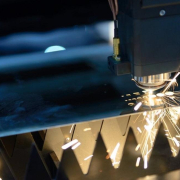
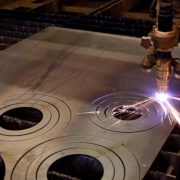
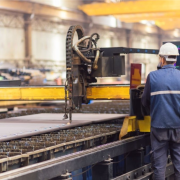
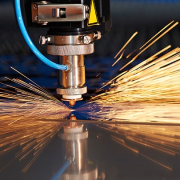
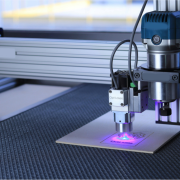
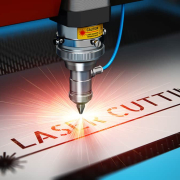
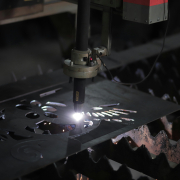
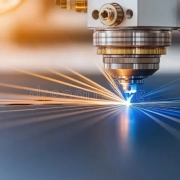



Leave a Reply
Want to join the discussion?Feel free to contribute!